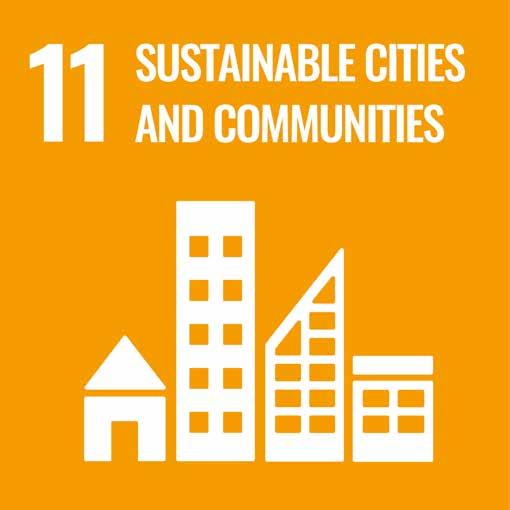36
THE NORWEGI AN DIREC TOR ATE FOR CULT UR AL HERITAGE
Glossary ADAPTIVE REUSE – used about buildings where change occurs on the premises of the architecture that already exists, with original use or change of use. In contrast to transformation, which often involves changing the building structure, ”adaptive reuse” involves a fundamental idea of starting from the existing building structure, where the building forms the premises for its use. ARCHAEOLOGICAL DEPOSITS – deposits accumulated through human activities. CIRCULAR ECONOMY – a principle of systems and processes for maintaining the value of structures, products, materials and resources for as long as possible in a closed circuit, where the goal includes reducing waste and the need for new raw materials. CLIMATE CHANGE ADAPTATION – understanding the consequences of climate change and taking measures to prevent or reduce damage while exploiting the opportunities such changes may entail. CLIMATE PROJECTIONS – calculations of what the climate will look like in the future, based on climate models and earth system models. The models describe processes between oceans, air, land and earth using mathematical equations. CULTURAL ENVIRONMENT – Any area where a cultural monument or site forms part of a larger entity or context. With White Paper 16 (2019– 2020) New Goals in the Cultural Environment Policy – Engagement, Sustainability and Diversity, the Government introduced the term “cultural environment” as a collective term. It includes the terms “cultural monuments, sites, environments and landscapes” and is used to refer to the sector as a whole.
CULTURAL HERITAGE –A collective term covering both tangible and intangible cultural heritage. Intangible cultural heritage refers to practices, representations, expressions, knowledge and skills. The term is frequently used in international contexts. CULTURAL MONUMENT OR SITE – Traces of human activity in the physical environment, including places associated with historical events, beliefs and traditions. ENERGY EFFICIENCY – measures that improve energy performance in buildings, constructions, vessels etc., to reduce their energy requirement. ENERGY PERFORMANCE – the measurement of how efficiently energy is produced, distributed, stored, converted and used. Energy performance can also refer to environmental impact and cost. GREENHOUSE GAS ACCOUNTING (FOR BUILDINGS) – a calculation of greenhouse gas emissions from materials and energy that are part of the entire life cycle of the building from development, operation and maintenance to demolition. GREENHOUSE GAS EMISSIONS – emissions of gases to air that affect the atmosphere’s ability to retain heat, thus changing the climate. Carbon dioxide (CO2), methane (CH4) and nitrous oxide (N2O) are examples of greenhouse gases. LANDSCAPE – An area, as perceived by people, whose character is the result of the action and interaction of natural and/or human factors.







